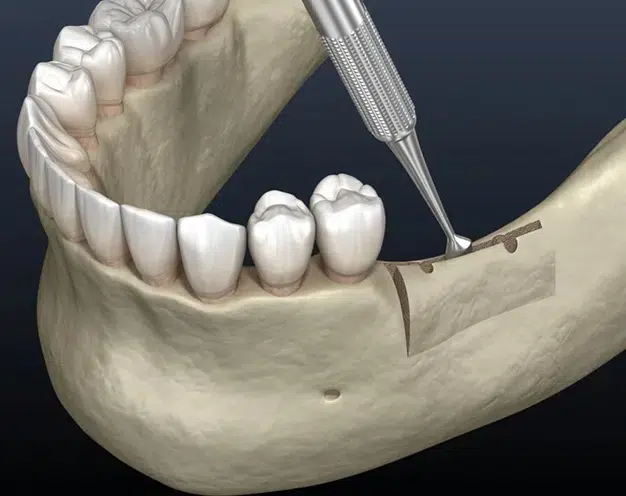
Understanding Ridge Augmentation: A Comprehensive Overview
Following a tooth extraction, ridge augmentation is frequently advised to reinstate the natural shape of the gums and jaw. This procedure becomes imperative when there is bone loss in the alveolar ridge, encasing the roots of teeth.
Normally, after a tooth is removed, the empty socket within the alveolar ridge typically undergoes self-healing. However, in certain instances, the bone surrounding the socket may fracture and inadequately heal, resulting in a decline in the height and width of the socket.
How Ridge Augmentation is Performed
During ridge augmentation, bone graft material is carefully inserted into the tooth socket to stimulate new bone growth. This procedure is commonly performed immediately after a tooth extraction to eliminate the need for subsequent surgery. Following this, the gum tissue is positioned over the socket and secured in place with sutures. Our Pocatello dentist, Dr. Boyd, may utilize a space-maintaining product to aid in the promotion of new bone formation. Once the socket has fully healed, the alveolar ridge can be prepared for the placement of dental implants.
Ridge augmentation procedures are typically carried out in Dr. Boyd's office under local anesthesia. Sedative medication may also be offered to patients upon request.